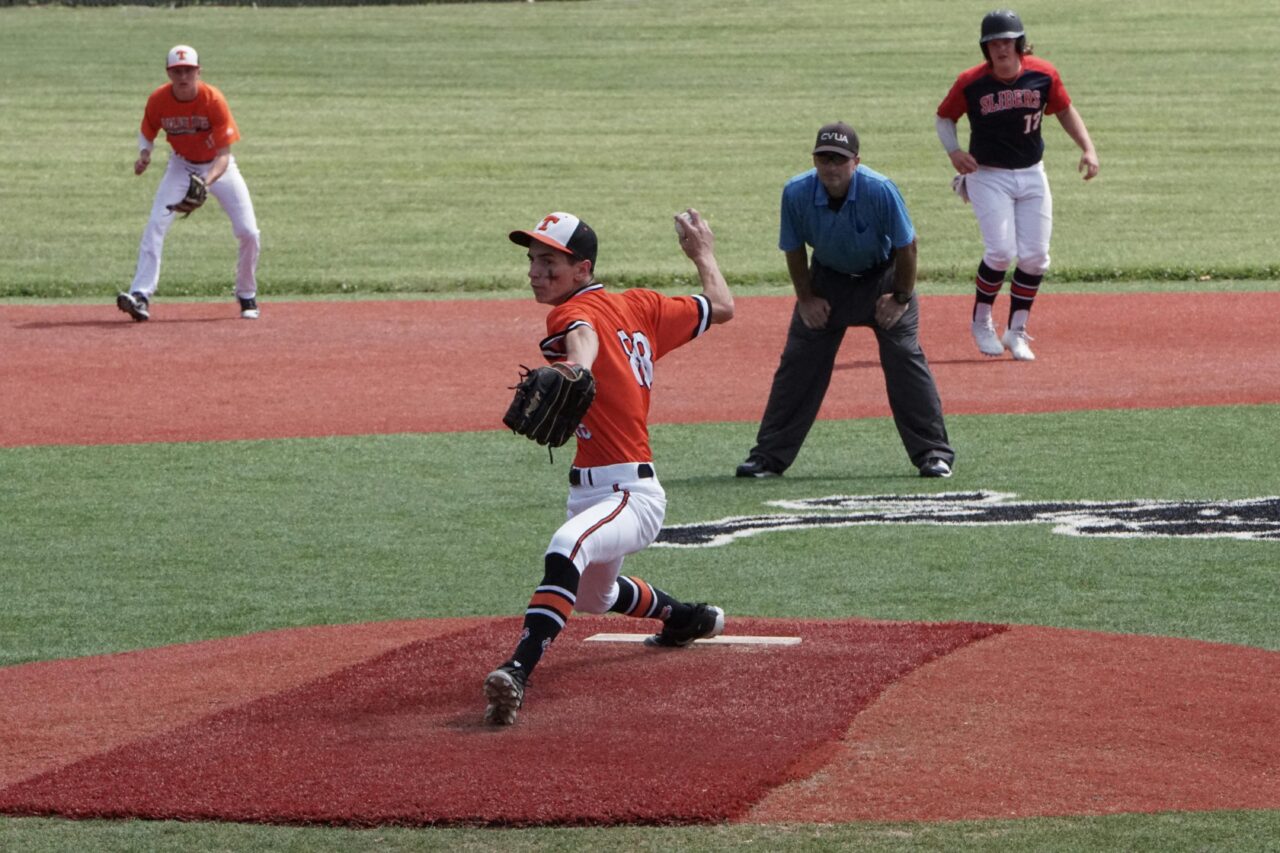Little League Shoulder, a common overuse injury among young baseball players, occurs when repetitive overhead motions place excessive stress on the shoulder joint. This condition can lead to pain, weakness, and decreased range of motion in the shoulder, hindering an athlete’s ability to throw effectively. This repetitive stress causes trauma to structures such as the growth plate, rotator cuff, and labrum. Given the changeable nature of a young athlete’s skeletal system, when left untreated, Little League Shoulder can lead to long term changes in the structure and function of the shoulder joint.
Recognizing the Signs
If your young athlete is experiencing any of the following symptoms, it’s important to seek professional evaluation:
Pain: Tenderness or pain in the front, back, or side of the shoulder, especially during or after throwing.
Weakness: Difficulty throwing or lifting the arm overhead.
ClickingPopping: New onset of clicking/popping in the affected shoulder
Decreased range of motion: Limited ability to fully raise the arm or rotate the shoulder.
Loss of velocity: A noticeable decrease in throwing speed.
Mend’s Personalized Approach to Little League Shoulder
At Mend, our experienced physical therapists, some of whom are former collegiate baseball players and parents of youth athletes in the Boulder community, understand the unique challenges faced by young athletes. We’re committed to getting your child back to the field as quickly as possible. Our personalized treatment plans include:
Handheld Dynamometry Testing: Evidence-based, functional symmetry testing to correctly identify each athlete’s unique asymmetries and weaknesses.
Therapeutic exercise: Evidence-based specific exercises prescribed uniquely to each athlete. Exercises include progressive strengthening and stretching of the shoulder muscles, as well as considering other regions that contribute to shoulder function, such as the thoracic spine, rotator cuff and scapular stabilizers, core stabilizers and throwing mechanics.
Manual therapy techniques: Interventions such as joint mobilizations, trigger point dry needling, and soft tissue mobilizations work to reduce pain and improve range of motion.
Return to Sport Testing: Evidence-based return to sport testing protocols to safely return athletes to sport.
Early intervention is key to preventing further injury and promoting a full recovery. If you, your child or your athlete is experiencing symptoms of Little League Shoulder or a throwing injury, please contact one of our Throwing Specialists, Dr. Lucas Glomb or Dr. Russ Ovary, to schedule an appointment.
Dr. Lucas Glomb lucas@mendcolorado.com
Dr. Russ Ovary russ@mendcolorado.com

